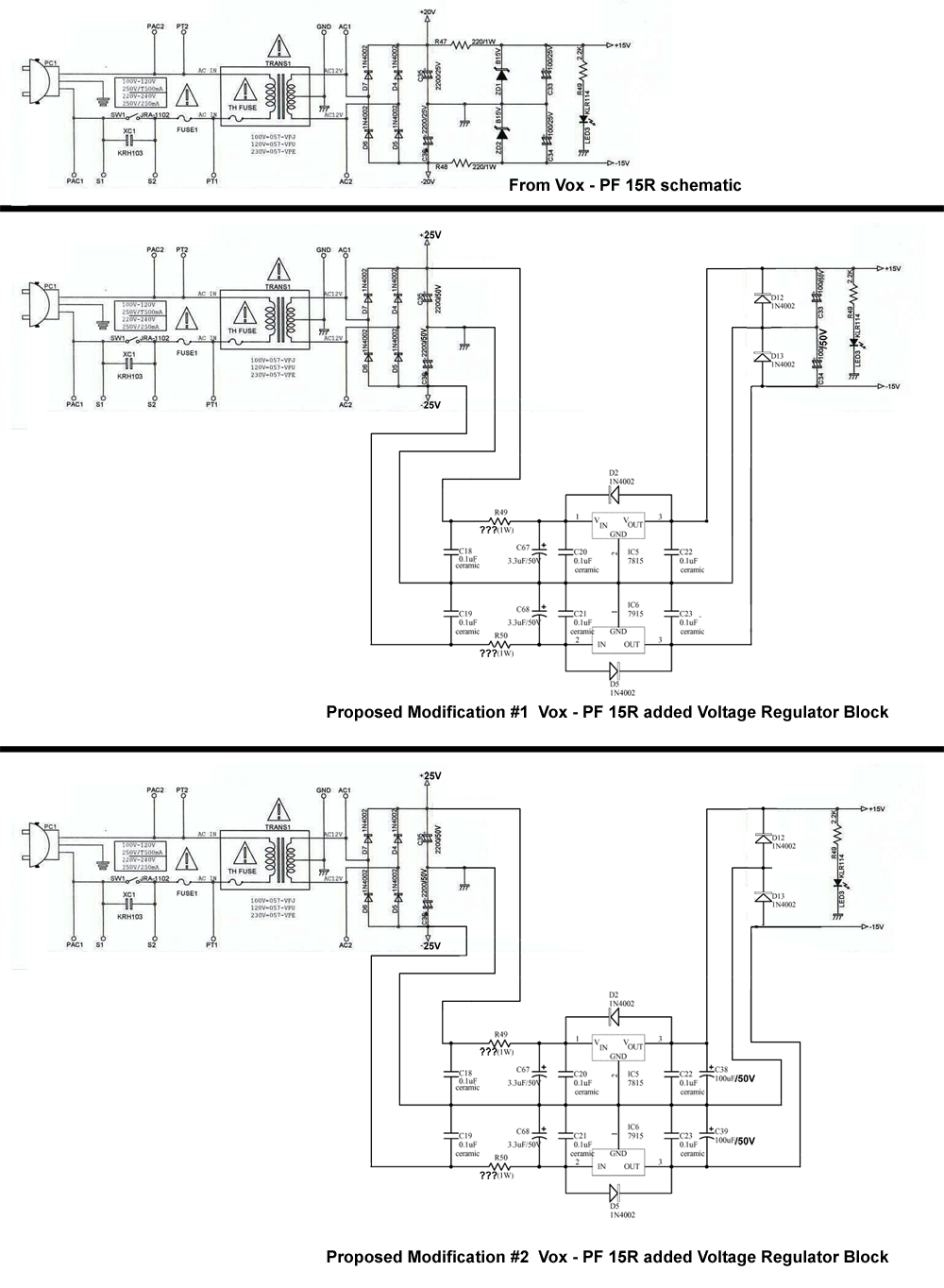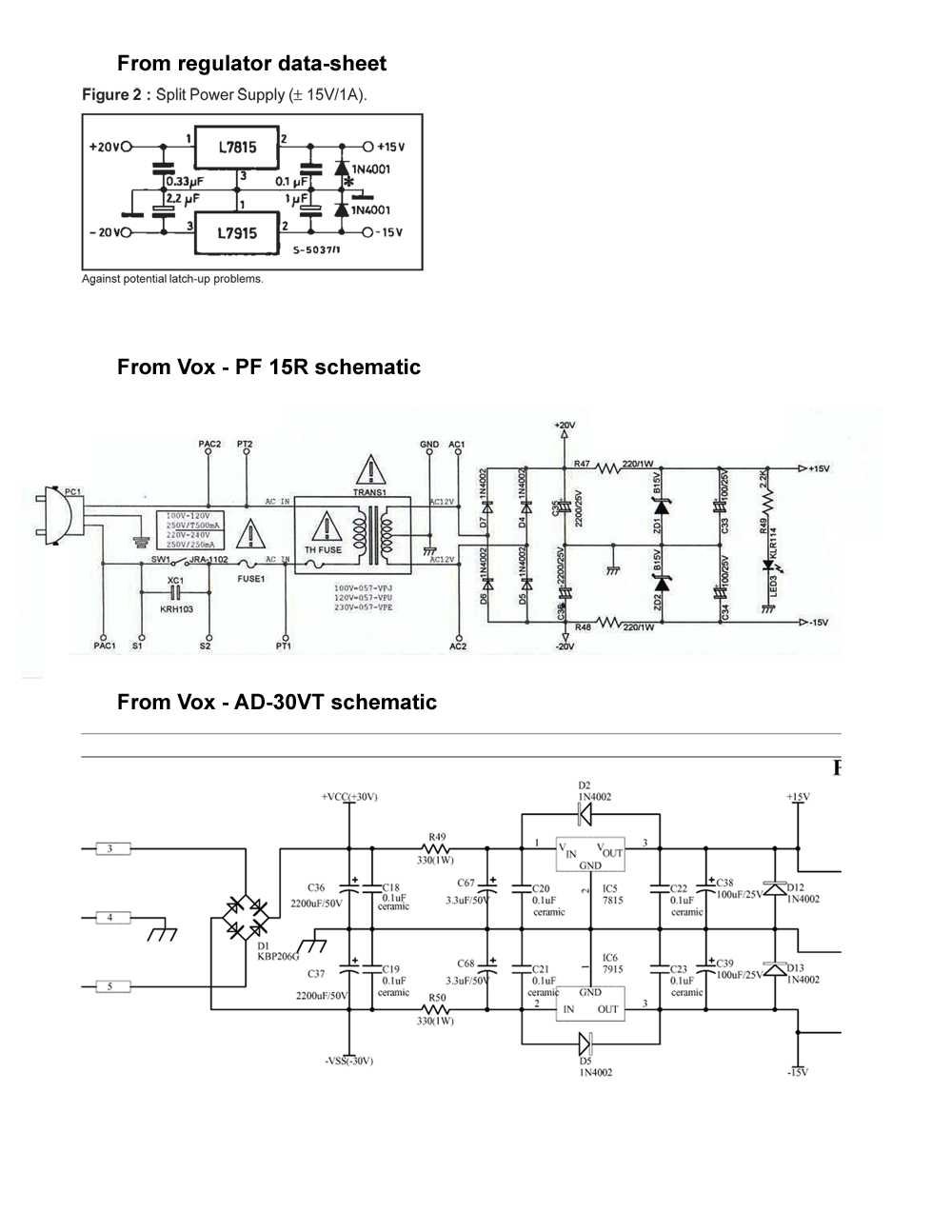Thanks phatt, I'll give the series wiring a shot as well. Without the ext cab it it might not have enough output. I'm getting asked to deliver too much from a 15w ss amp.
That being said I'm working on another Pathfinder and taking J M Fahey's idea of adding a separate power amp to the cabinet. This is a friend I'm working with and I really want to make him happy. Which is tough because we started with the wrong amp.
That being said I'm working on another Pathfinder and taking J M Fahey's idea of adding a separate power amp to the cabinet. This is a friend I'm working with and I really want to make him happy. Which is tough because we started with the wrong amp.

 . "Can I get an amp just like the one you put together for.....?", Done. " Can it be louder?" Done. " Can it be cleaner?"
. "Can I get an amp just like the one you put together for.....?", Done. " Can it be louder?" Done. " Can it be cleaner?" 


